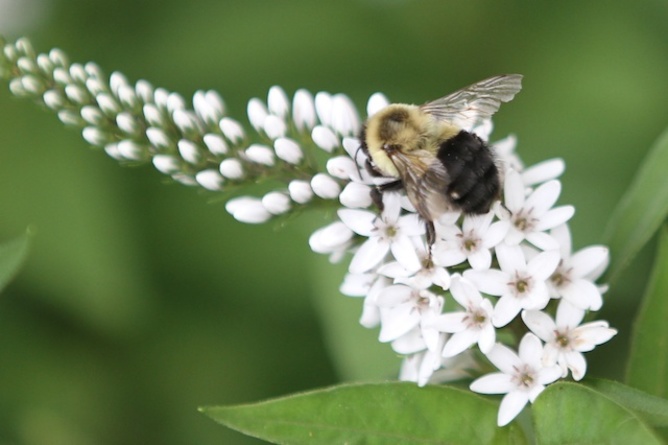Preface. Invasive insects that have no predators in the U.S. can only be somewhat reduced with pesticides, which are made out of oil, and sprayed by diesel machinery and transportation. To prepare for oil decline, more research needs to be done to study native predators as pest control, which takes time since since they might do as much harm as the invasive species. There are 83 known invasive insects harming forests alone, and far more devouring food crops, all of them developing resistance to whatever pesticides are thrown at them within 5 years on average.
Invasion by non-native insects expected to increase 36% by 2050. Europe is likely to experience the strongest biological invasions, followed by Asia, North America and South America (USDA 2020).
Worldwide, forests are increasingly affected by nonnative insects and diseases, some of which cause substantial tree mortality. Forests in the United States have been invaded by a particularly large number (>450) of tree-feeding pest species, with 41.1% of the total live forest biomass in the conterminous United States is at risk of future loss from just 15 pests. Since forests contribute ~76% of North America’s net terrestrial carbon sequestration, this loss may accelerate climate change (Fei 2019).
Perhaps postcarbon survivors will find yet another solution: eating insects, and why not, over 2 billion people eat bugs as a standard part of their diet (Mishan 2018).
Below are specific species that I’ve run across in the news, clearly hundreds of other species could be added.
* * *
Lambert J (2021) These are the 5 costliest invasive species, causing billions in damages. Science News.
The impact from all invasive species cost the global economy at least $1 trillion since 1970. $149 billion: Aedes mosquitoes (A. albopictus and A. aegypti), $67 billion: Rats, $52 billion: Cats, $19 billion: Termites, $17 billion: Fire Ants
…click on the above link to read the rest of the article…








